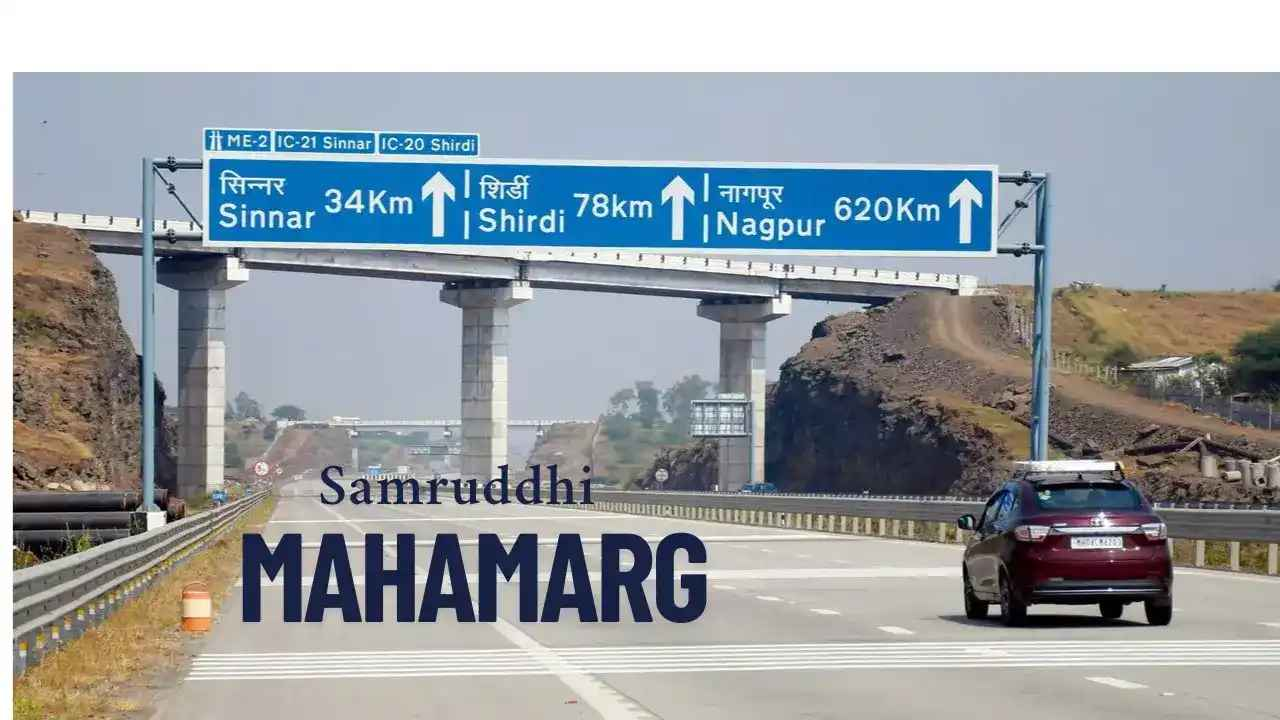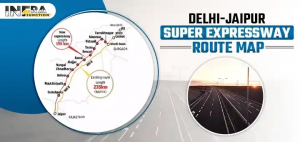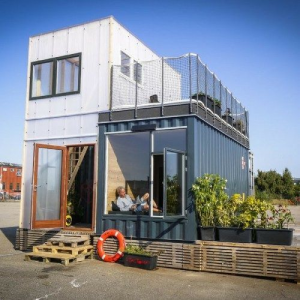The Hindu Hrudaysamrat Balasaheb Thackeray Maharashtra Samruddhi Mahamarg, more popularly known as Samruddhi Mahamarg, is one of India’s most ambitious expressway projects. Stretching across Maharashtra, it connects the state capital Mumbai (via the Mumbai–Nagpur route) to the second capital Nagpur with world-class infrastructure. The project has been touted as a game-changer for transportation, logistics, and regional development.
This blog takes a deep dive into all aspects of the expressway: its distance, route map, phases, toll charges, exit points, news updates, accident concerns, and the numerous advantages it offers. Whether you are a traveler, investor, or simply curious about India’s infrastructure growth, this guide will provide you with every crucial detail.
Also Read:- NH44 National Highway: Route | Map | Distance | News
What Are the Samruddhi Mahamarg Details?
The Samruddhi Mahamarg is a 701-km long, 8-lane access-controlled expressway connecting Nagpur to Mumbai via districts like Wardha, Amravati, Washim, Buldhana, Jalna, Aurangabad, Nashik, and Thane.
- Length: 701 km
- Lanes: 8-lane (expandable to 10 lanes)
- Connecting Cities: Nagpur, Aurangabad, Nashik, Thane, Mumbai
- Districts Covered: 10 major districts of Maharashtra
- Project Cost: Estimated at ₹55,000 crore
It is designed to reduce travel time between Nagpur and Mumbai from 16–18 hours to just 8 hours.
What Is the Samruddhi Mahamarg Route Map Start to End?
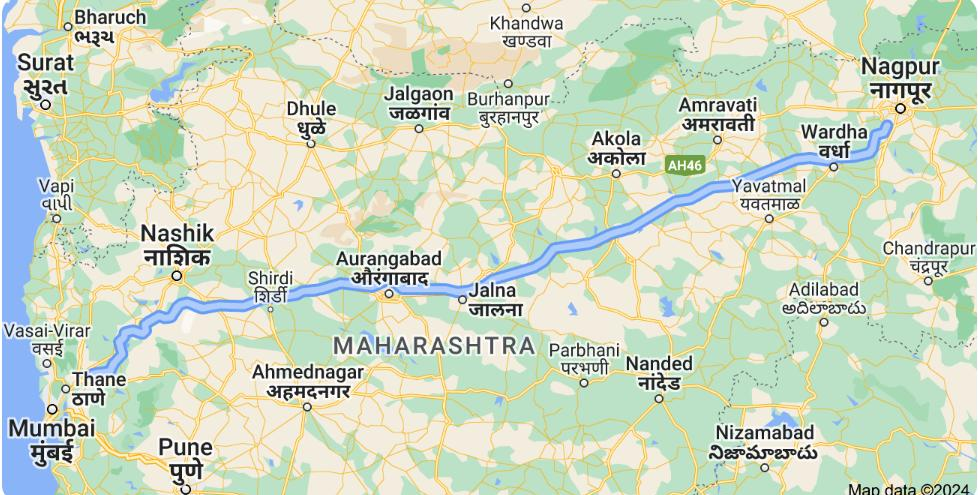
The Samruddhi Mahamarg route map start to end runs from Nagpur (Zero Mile) to Mumbai (Shahpur near Thane).
Key points on the route:
- Nagpur (Zero Mile) – Starting point
- Wardha
- Amravati
- Washim
- Buldhana
- Jalna
- Aurangabad
- Nashik
- Thane (Shahpur) – Ending point
The route has been planned to ensure direct connectivity to major industrial and agricultural hubs of Maharashtra.
Also Read:- Top 10 Longest Roads in the World: A Journey Through Endless Highways
How Long Is the Samruddhi Mahamarg Distance?
The total Samruddhi Mahamarg distance is 701 km.
- Nagpur to Aurangabad: ~450 km
- Aurangabad to Nashik: ~200 km
- Nashik to Thane (Mumbai): ~51 km
This makes it one of India’s longest expressways, comparable to the Delhi–Mumbai Expressway.
What Are the Samruddhi Mahamarg Phases’ Route?
The project has been developed in phases for systematic completion:
- Phase 1: Nagpur to Shirdi (520 km) – Inaugurated in December 2022.
- Phase 2: Shirdi to Bharvir (in Nashik district) – Opened in 2023.
- Phase 3: Bharvir to Thane (near Mumbai) – The final leg.
With the completion of all phases, the expressway is now fully functional, enabling seamless connectivity between Nagpur and Mumbai.
Also Read:- Jewar Airport Connectivity Map: Yamuna Expressway | DME & Metro Plans
What Are the Samruddhi Mahamarg Exit Points?
To facilitate smooth entry and exit, the expressway has several exit points across districts.
Key exit points include:
- Nagpur (Zero Mile, starting point)
- Wardha
- Amravati
- Karanja (Washim)
- Mehkar (Buldhana)
- Jalna
- Aurangabad
- Vaijapur (Aurangabad district)
- Nashik district exits
- Shahpur, Thane (end point near Mumbai)
These exits allow access to local towns, industrial hubs, and highways, boosting connectivity.
What Are the Samruddhi Mahamarg Toll Charges?
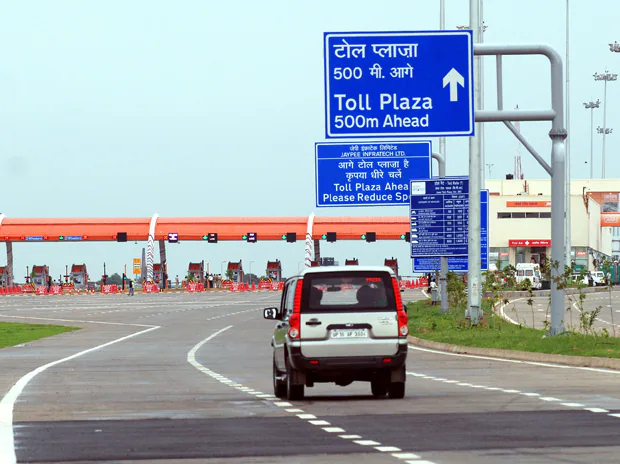
The Samruddhi Mahamarg toll charges depend on vehicle type and distance traveled. Toll plazas are placed at intervals, and electronic toll collection systems like FASTag are enabled.
Approximate charges (as per initial announcements):
- Cars/Light Vehicles: ₹1.65–₹2.10 per km
- Buses/LCVs: ₹5.45 per km
- Heavy Vehicles/Trucks: ₹7–₹10 per km
For example:
- Nagpur to Shirdi (520 km) in a car: ₹1,200–₹1,300 approx.
- Full stretch Nagpur to Mumbai (701 km) in a car: ₹1,500–₹1,700 approx.
What About Samruddhi Mahamarg Accident Concerns?
While the expressway has reduced travel time, it has also seen several accidents due to:
- Overspeeding
- Driver fatigue
- Sudden lane changing
Authorities have responded by:
- Installing CCTV cameras
- Strict speed monitoring
- Adding service lanes and rest areas
- Increasing patrol units
Travelers are advised to drive cautiously and avoid speeding.
What Are the Samruddhi Mahamarg Advantages?

The advantages of Samruddhi Mahamarg are immense:
- Travel Efficiency – Nagpur to Mumbai in 8 hours.
- Boost to Economy – Better movement of goods, industries, and logistics.
- Tourism Growth – Access to Shirdi, Ajanta, Ellora, Lonar Lake, and Nashik vineyards.
- Urban Development – New townships and industrial hubs along the route.
- Agricultural Benefits – Farmers get quicker access to Mumbai and export hubs.
- Employment Generation – Thousands of jobs in construction, toll operations, and allied services.
- Emergency Access – Faster transportation for medical emergencies.
What Is the Latest Samruddhi Mahamarg News?
Recent Samruddhi Mahamarg news highlights:
- The full route from Nagpur to Mumbai is operational.
- Government has announced wayside amenities like food courts, fuel stations, and rest houses.
- Smart surveillance and AI-based traffic management systems are being added.
- Plans are underway to connect Samruddhi Mahamarg to Delhi–Mumbai Expressway for national integration.
Conclusion
The Samruddhi Mahamarg is more than just a road—it is a corridor of progress for Maharashtra. With its 701 km stretch, multiple exit points, toll systems, and connectivity to key cities, it redefines travel between Nagpur and Mumbai. While concerns about accidents persist, government measures aim to ensure safer journeys.
For homebuyers and investors, the infrastructure boost from this expressway will enhance property values and development prospects along the route. At Housiey, we believe such landmark projects will pave the way for smarter living and better connectivity.
If you found this blog useful, don’t miss our in-depth coverage on CIDCO Housing Scheme—a must-read for anyone exploring real estate opportunities in Maharashtra.
FAQs
The Hindu Hrudaysamrat Balasaheb Thackeray Maharashtra Samruddhi Mahamarg, more popularly known as Samruddhi Mahamarg, is one of India’s most ambitious expressway projects. Stretching across Maharashtra, it connects the state capital Mumbai (via the Mumbai–Nagpur route) to the second capital Nagpur with world-class infrastructure. The project has been touted as a game-changer for transportation, logistics, and regional development.
This blog takes a deep dive into all aspects of the expressway: its distance, route map, phases, toll charges, exit points, news updates, accident concerns, and the numerous advantages it offers. Whether you are a traveler, investor, or simply curious about India’s infrastructure growth, this guide will provide you with every crucial detail.
Also Read:- NH44 National Highway: Route | Map | Distance | News
What Are the Samruddhi Mahamarg Details?
The Samruddhi Mahamarg is a 701-km long, 8-lane access-controlled expressway connecting Nagpur to Mumbai via districts like Wardha, Amravati, Washim, Buldhana, Jalna, Aurangabad, Nashik, and Thane.
- Length: 701 km
- Lanes: 8-lane (expandable to 10 lanes)
- Connecting Cities: Nagpur, Aurangabad, Nashik, Thane, Mumbai
- Districts Covered: 10 major districts of Maharashtra
- Project Cost: Estimated at ₹55,000 crore
It is designed to reduce travel time between Nagpur and Mumbai from 16–18 hours to just 8 hours.
What Is the Samruddhi Mahamarg Route Map Start to End?

The Samruddhi Mahamarg route map start to end runs from Nagpur (Zero Mile) to Mumbai (Shahpur near Thane).
Key points on the route:
- Nagpur (Zero Mile) – Starting point
- Wardha
- Amravati
- Washim
- Buldhana
- Jalna
- Aurangabad
- Nashik
- Thane (Shahpur) – Ending point
The route has been planned to ensure direct connectivity to major industrial and agricultural hubs of Maharashtra.
Also Read:- Top 10 Longest Roads in the World: A Journey Through Endless Highways
How Long Is the Samruddhi Mahamarg Distance?
The total Samruddhi Mahamarg distance is 701 km.
- Nagpur to Aurangabad: ~450 km
- Aurangabad to Nashik: ~200 km
- Nashik to Thane (Mumbai): ~51 km
This makes it one of India’s longest expressways, comparable to the Delhi–Mumbai Expressway.
What Are the Samruddhi Mahamarg Phases’ Route?
The project has been developed in phases for systematic completion:
- Phase 1: Nagpur to Shirdi (520 km) – Inaugurated in December 2022.
- Phase 2: Shirdi to Bharvir (in Nashik district) – Opened in 2023.
- Phase 3: Bharvir to Thane (near Mumbai) – The final leg.
With the completion of all phases, the expressway is now fully functional, enabling seamless connectivity between Nagpur and Mumbai.
Also Read:- Jewar Airport Connectivity Map: Yamuna Expressway | DME & Metro Plans
What Are the Samruddhi Mahamarg Exit Points?
To facilitate smooth entry and exit, the expressway has several exit points across districts.
Key exit points include:
- Nagpur (Zero Mile, starting point)
- Wardha
- Amravati
- Karanja (Washim)
- Mehkar (Buldhana)
- Jalna
- Aurangabad
- Vaijapur (Aurangabad district)
- Nashik district exits
- Shahpur, Thane (end point near Mumbai)
These exits allow access to local towns, industrial hubs, and highways, boosting connectivity.
What Are the Samruddhi Mahamarg Toll Charges?

The Samruddhi Mahamarg toll charges depend on vehicle type and distance traveled. Toll plazas are placed at intervals, and electronic toll collection systems like FASTag are enabled.
Approximate charges (as per initial announcements):
- Cars/Light Vehicles: ₹1.65–₹2.10 per km
- Buses/LCVs: ₹5.45 per km
- Heavy Vehicles/Trucks: ₹7–₹10 per km
For example:
- Nagpur to Shirdi (520 km) in a car: ₹1,200–₹1,300 approx.
- Full stretch Nagpur to Mumbai (701 km) in a car: ₹1,500–₹1,700 approx.
What About Samruddhi Mahamarg Accident Concerns?
While the expressway has reduced travel time, it has also seen several accidents due to:
- Overspeeding
- Driver fatigue
- Sudden lane changing
Authorities have responded by:
- Installing CCTV cameras
- Strict speed monitoring
- Adding service lanes and rest areas
- Increasing patrol units
Travelers are advised to drive cautiously and avoid speeding.
What Are the Samruddhi Mahamarg Advantages?

The advantages of Samruddhi Mahamarg are immense:
- Travel Efficiency – Nagpur to Mumbai in 8 hours.
- Boost to Economy – Better movement of goods, industries, and logistics.
- Tourism Growth – Access to Shirdi, Ajanta, Ellora, Lonar Lake, and Nashik vineyards.
- Urban Development – New townships and industrial hubs along the route.
- Agricultural Benefits – Farmers get quicker access to Mumbai and export hubs.
- Employment Generation – Thousands of jobs in construction, toll operations, and allied services.
- Emergency Access – Faster transportation for medical emergencies.
What Is the Latest Samruddhi Mahamarg News?
Recent Samruddhi Mahamarg news highlights:
- The full route from Nagpur to Mumbai is operational.
- Government has announced wayside amenities like food courts, fuel stations, and rest houses.
- Smart surveillance and AI-based traffic management systems are being added.
- Plans are underway to connect Samruddhi Mahamarg to Delhi–Mumbai Expressway for national integration.
Conclusion
The Samruddhi Mahamarg is more than just a road—it is a corridor of progress for Maharashtra. With its 701 km stretch, multiple exit points, toll systems, and connectivity to key cities, it redefines travel between Nagpur and Mumbai. While concerns about accidents persist, government measures aim to ensure safer journeys.
For homebuyers and investors, the infrastructure boost from this expressway will enhance property values and development prospects along the route. At Housiey, we believe such landmark projects will pave the way for smarter living and better connectivity.
If you found this blog useful, don’t miss our in-depth coverage on CIDCO Housing Scheme—a must-read for anyone exploring real estate opportunities in Maharashtra.
FAQs




